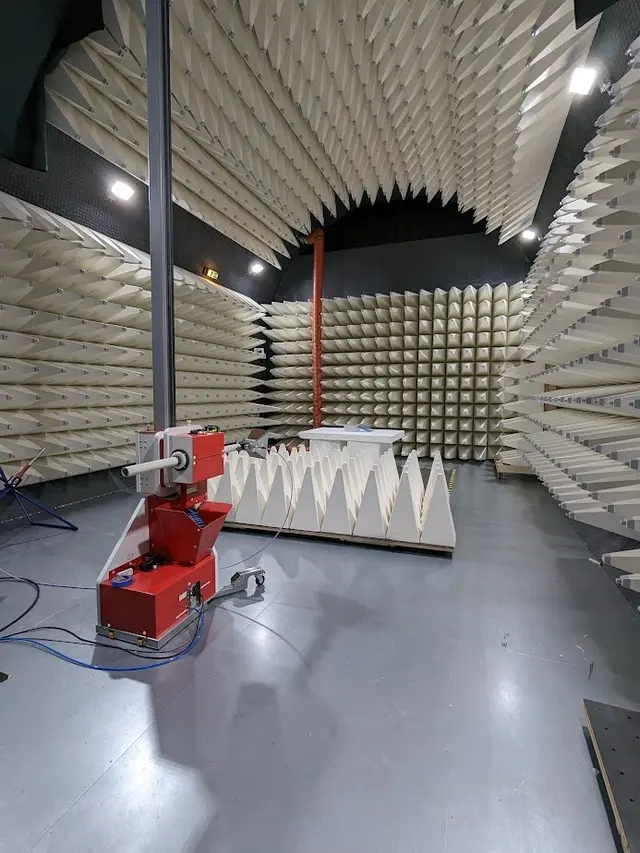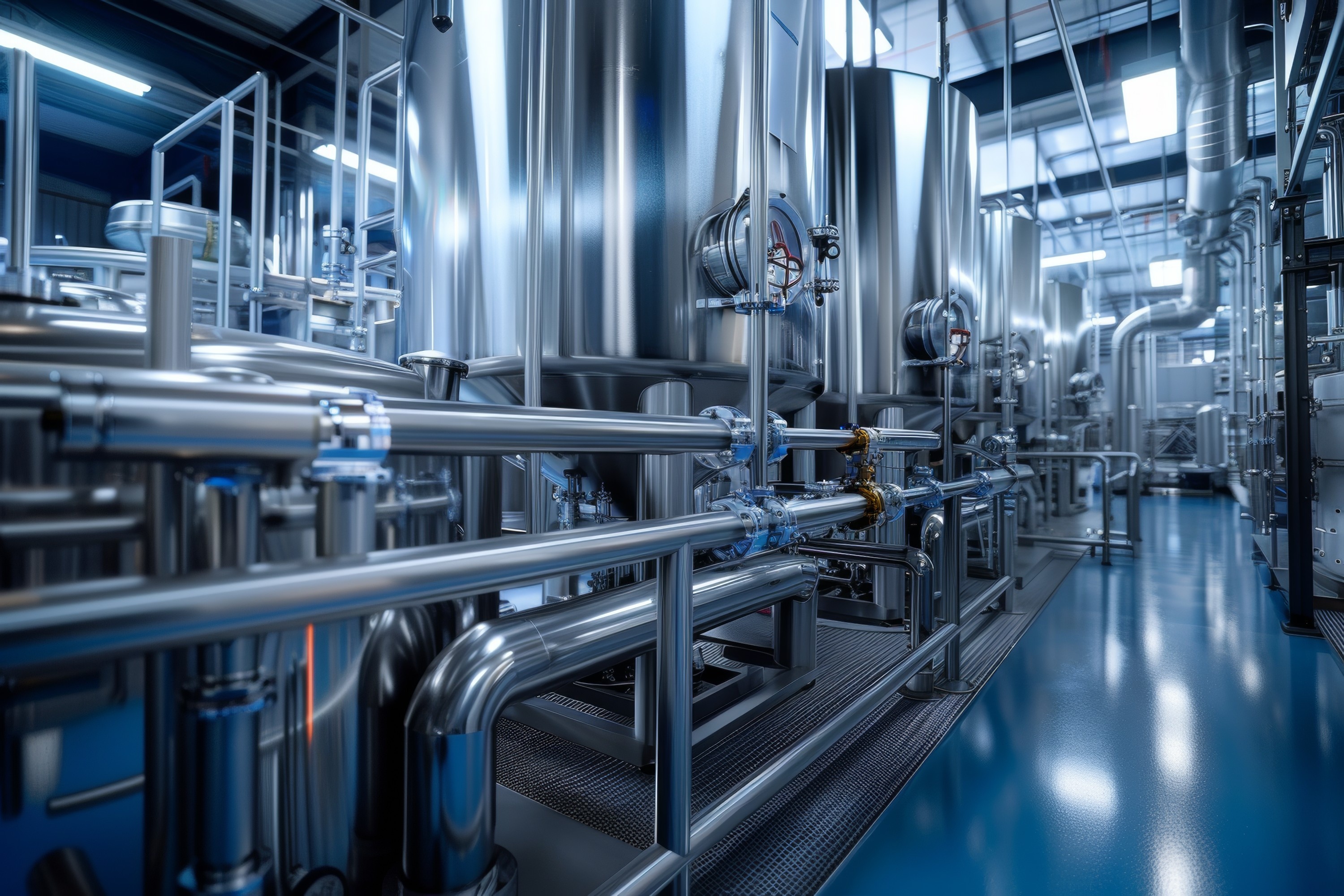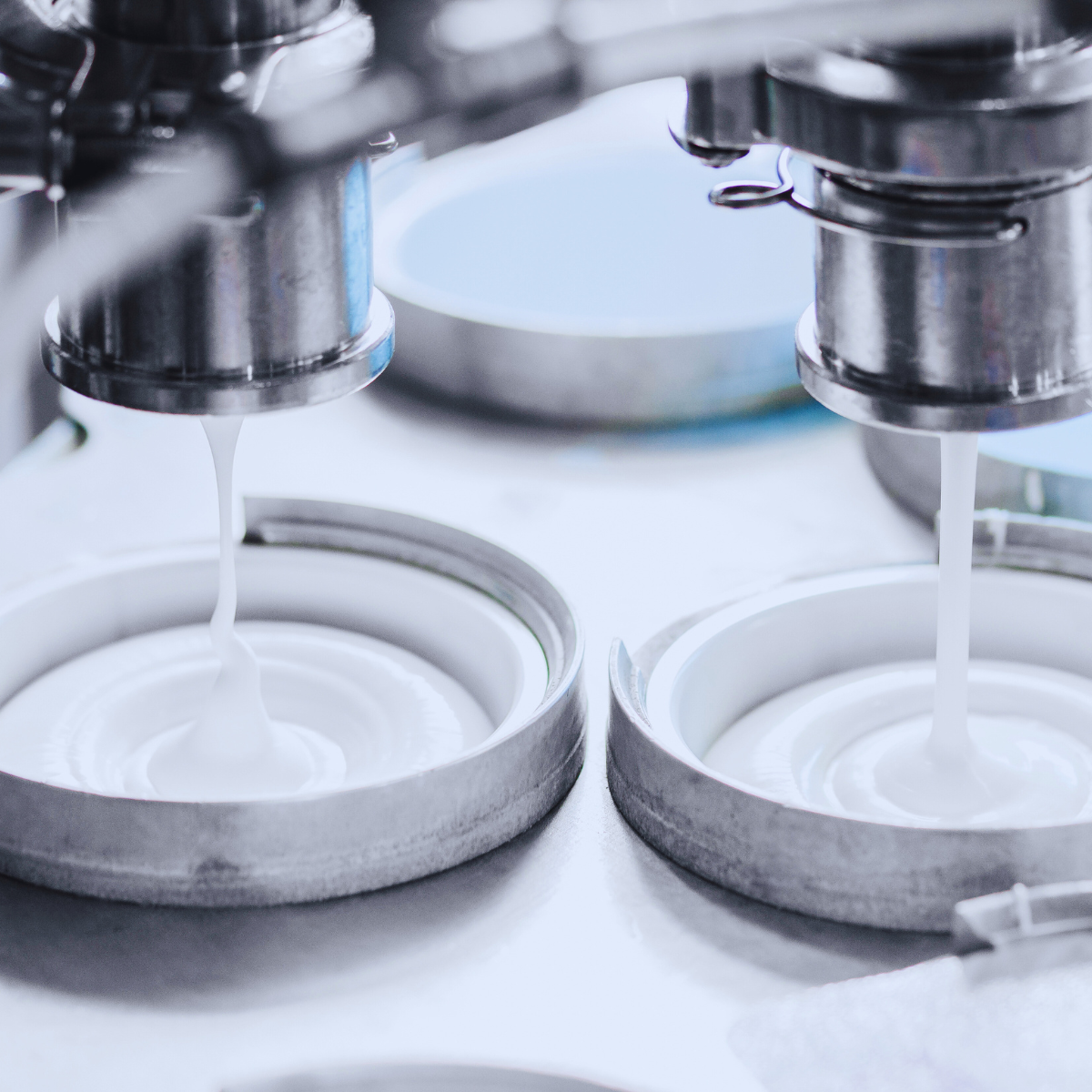
What is spectroscopy and how do we use it?

.webp)
What is spectroscopy and how do we use it?
Spectroscopy helps us fingerprint the chemical composition of a sample by measuring the light it emits or absorbs & is a key tool in optimizing processes in industries like wastewater treatment, food & beverage, and pharmaceuticals.
Spectroscopy is a fundamental, exploratory tool that allows the composition of matter to be investigated at an atomic scale. Each element has its own unique spectra, and we can use the information to determine properties like temperature, composition, and motion.
How we use spectroscopy
In our processes, we monitor substances without physically removing samples. Our inline spectral sensors collect real-time broadband UV/VIS/NIR reflectance and transmittance spectral data. We install sensors in pairs: one measures reflectance and the other transmittance. The sensors provide absorbance spectra, where each element has a unique "fingerprint" of wavelengths, indicating its presence. Higher substance concentration leads to greater reflectance and lower transmittance, described by the Beer-Lambert Law:A = ebCwith A being absorbance, e being the molar absorptivity, b is the path length, and C is the concentration.In systems like drainage or piping, compounds mix from various sources. So we can determine if pipes are dirty for CIP by measuring spectra upstream because we deduce the downstream mixture's composition.

Spectroscopy in action
The Science Behind Absorption Spectra
Spectroscopy involves the study of how matter interacts with electromagnetic radiation. The electromagnetic spectrum encompasses all types of electromagnetic radiation, from gamma rays to radio waves. In spectroscopy, we typically focus on a few regions:
- Ultraviolet (UV) - 100-400 nm
- Visible (VIS) - 400-700 nm
- Near-Infrared (NIR) - 700-2500 nm
Each region provides different information about the sample. UV and visible spectroscopy often reveal electronic transitions in atoms and molecules, while NIR spectroscopy can provide information about molecular vibrations and chemical bonds.To understand how spectroscopy works, consider the example of a hydrogen atom. A hydrogen atom consists of a single proton and a single electron. When a hydrogen atom absorbs energy, its electron can jump from a lower energy level (ground state) to a higher energy level (excited state). This process is called electronic excitation.For absorption, when a photon with energy matching the energy difference between two levels is absorbed, the electron jumps to the higher energy level. This creates an absorption line in the spectrum at a specific wavelength.These transitions between energy levels are quantized, meaning they occur at specific energies, resulting in discrete spectral lines. Each element has a unique set of energy levels, and therefore, a unique set of spectral lines, which serve as its fingerprint.
Applications
Spectroscopy has a wide range of applications, including:
- Food and beverage processing
- Manufacturing
- Wastewater treatment
- Environmental monitoring
- Quality assurance
- Agriculture
Want to learn more? Check out How it Works.


.svg)



